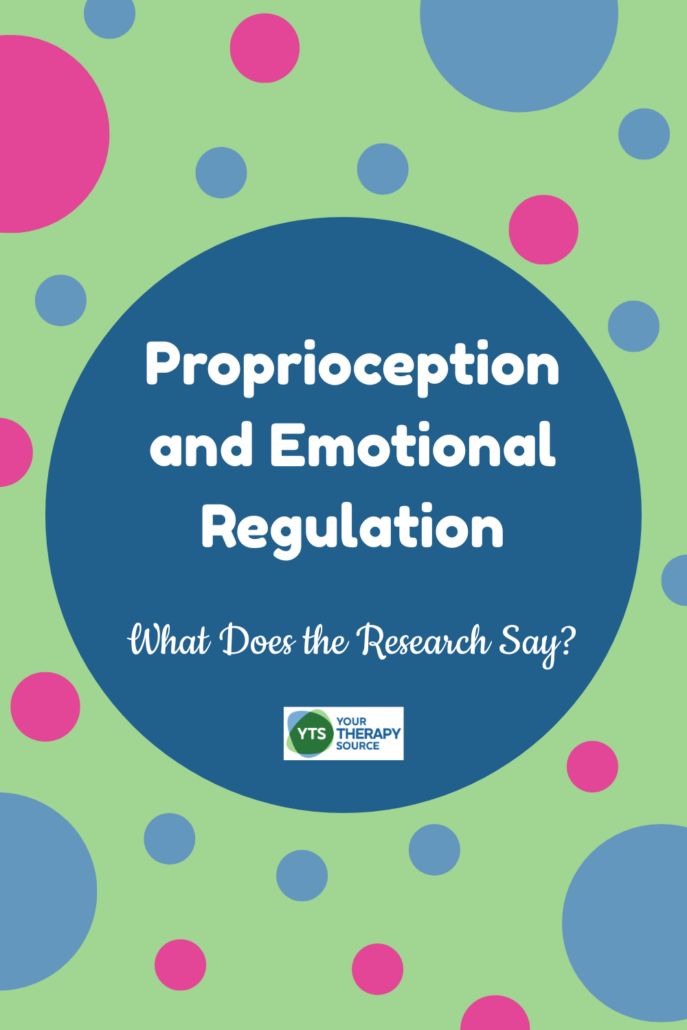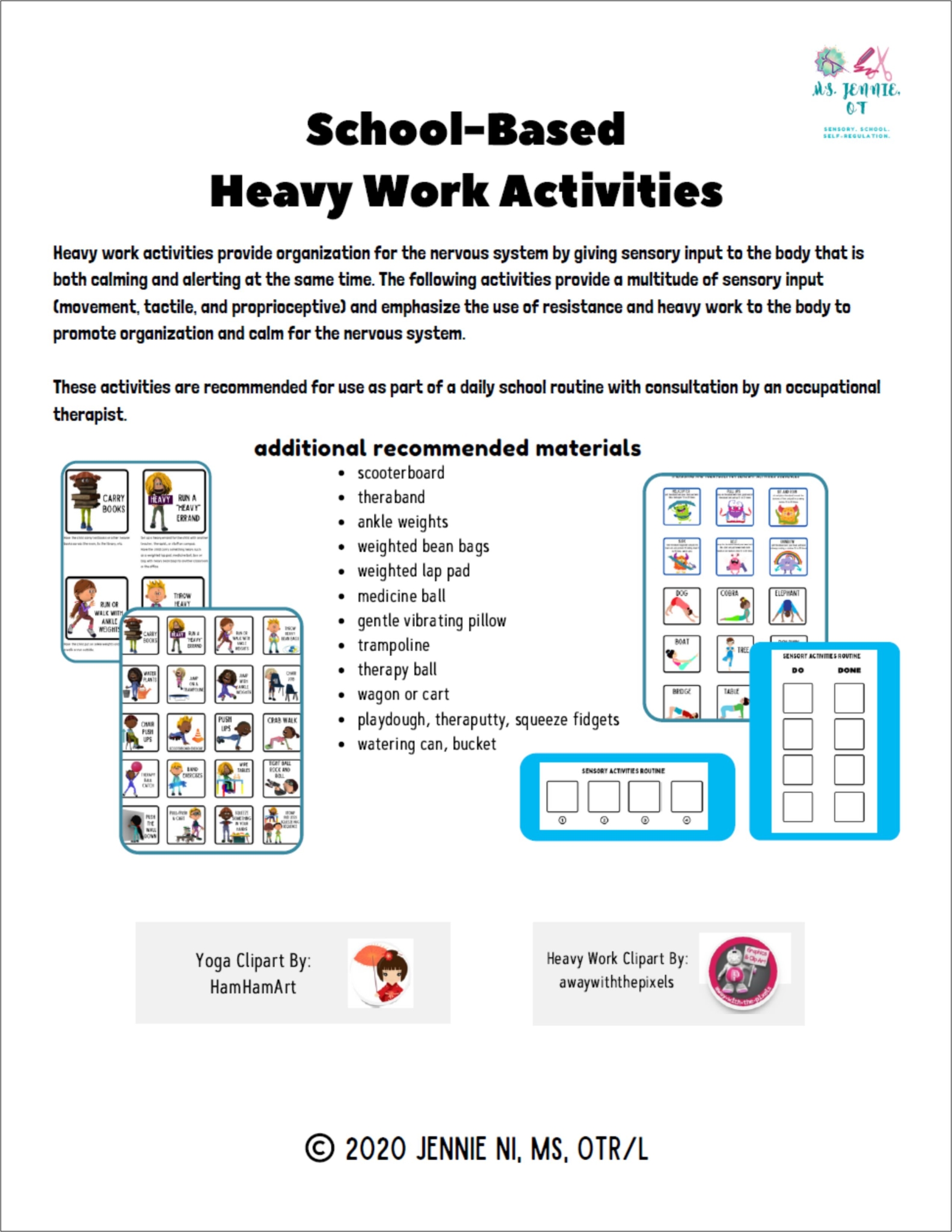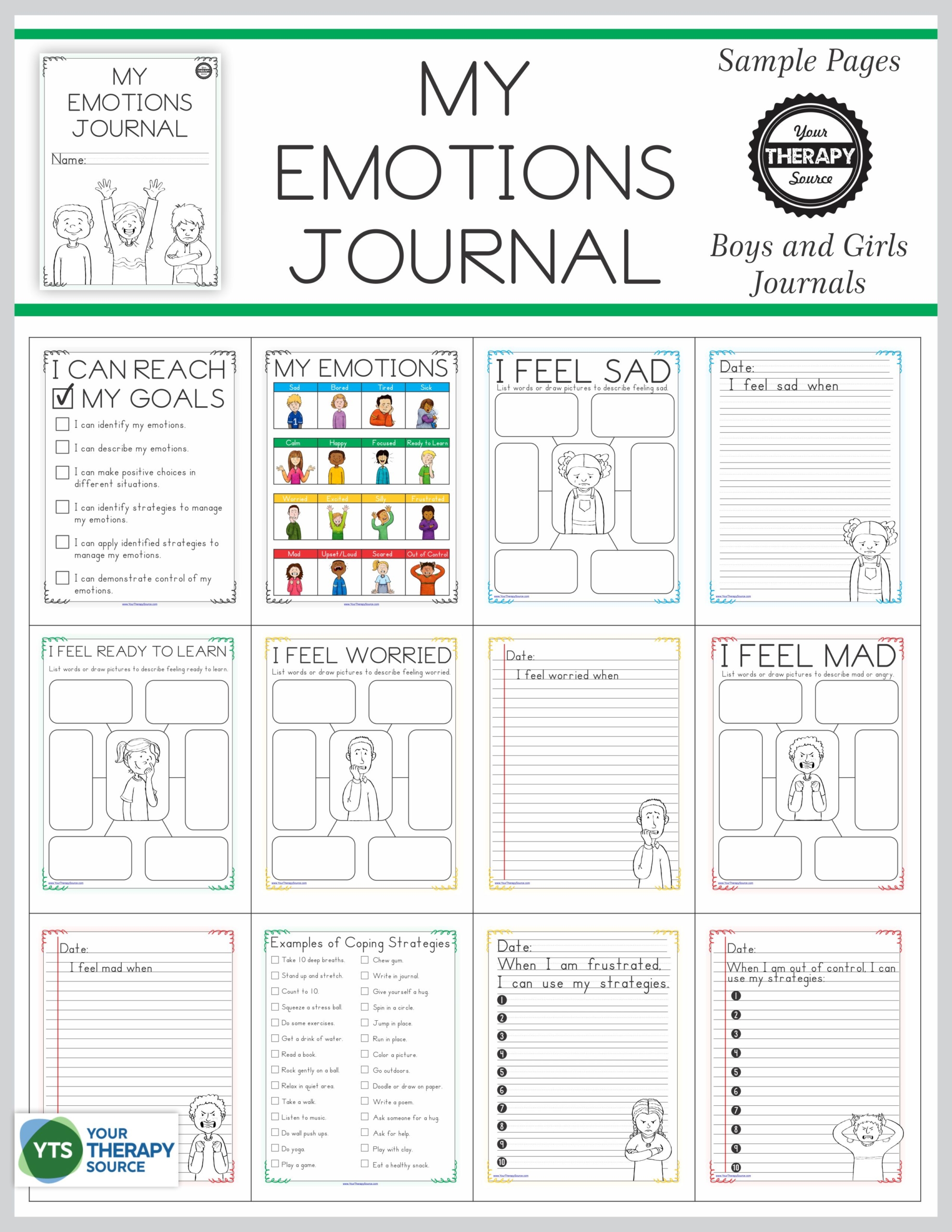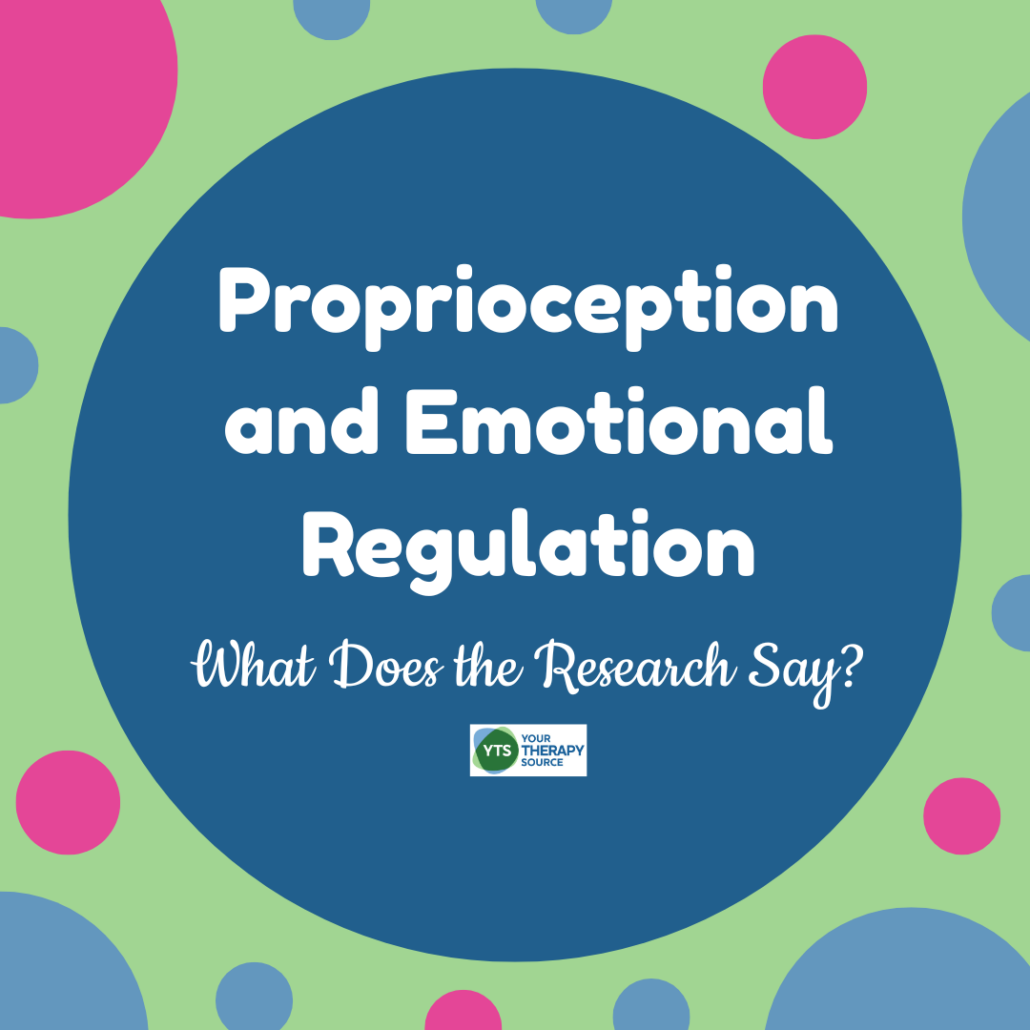Proprioception and Emotional Regulation – What Does the Research Say?
Helping children navigate their emotions is an essential part of supporting their development—whether at school, at home, or during therapy sessions. While emotional regulation is often associated with social skills, communication, or behavior management, there’s growing awareness of the role that sensory processing plays in a child’s ability to manage their emotions. What does the research say about proprioception and emotional regulation?
One sensory system that often goes unnoticed when it comes to our senses is proprioception. Sometimes referred to as the “hidden sense,” proprioception helps us understand where our body is in space and how it moves. It influences how we perform physical tasks, but it may also play a surprisingly important role in how children regulate their feelings.
A recent research study explored the relationship between proprioception and emotional regulation in children with autism spectrum disorder (ASD), cerebral palsy (CP), and their typically developing peers. The results offer helpful insight into how body awareness and emotional skills are connected—and how this understanding can guide practical support strategies.

What Is Proprioception?
Proprioception is the body’s ability to sense its position, movement, and force. It allows children to walk without looking at their feet, control the amount of pressure used when writing with a pencil, and know how to adjust their posture when climbing or jumping. It’s an essential part of physical coordination and motor planning—but it also plays a role in how the body and brain stay calm and organized. To learn more, visit What Is Proprioception?

Heavy Work Sensory Activities Packet
What Does the Research Say About Proprioception and Emotional Regulation?
In the 2024 study Proprioception, Emotion and Social Responsiveness in Children with Developmental Disorders, researchers assessed proprioceptive abilities, emotional knowledge, and social responsiveness in three groups of children: those with ASD, those with CP, and typically developing peers.
Key findings from the study included:
- Children with lower proprioceptive abilities were more likely to have difficulty identifying and managing emotions.
- Emotional lability (frequent and intense emotional responses) was more common in children who had stronger sensory reactivity during movement.
- Children with cerebral palsy showed more challenges with both proprioception and understanding emotions.
- Children with autism showed more difficulties with social responsiveness, but their basic proprioception scores were similar to typically developing children.
While proprioception and social skills were not directly linked in this study, the researchers noted that proprioception still plays an important role in emotional functioning. These findings support what many educators and therapists already observe—children who struggle with sensory processing often have a harder time regulating their emotions.
To understand more about how proprioceptive input supports the body, visit Proprioceptive Input: What It Is and How It Helps
Why This Matters for Educators, Therapists, and Parents
Recognizing the link between proprioception and emotional regulation can help adults better support children with regulation challenges. For example, if a child becomes overwhelmed during transitions or melts down after minor frustrations, sensory processing—including proprioception—may be a contributing factor. Providing proprioceptive input throughout the day can offer calming, organizing input to the nervous system, potentially improving emotional regulation. This approach is especially important for children with neurodevelopmental conditions like ASD and CP but can benefit all children, particularly those with sensory sensitivities or behavioral challenges.

Emotional Regulation Worksheets – For Boys and Girls
Strategies That Support Proprioception and Emotional Regulation
Incorporating proprioceptive activities into daily routines doesn’t have to be complicated. Here are some simple ways to include this kind of input:
In the classroom:
- Allow students to carry heavy items like books or bins
- Offer movement breaks with pushing, pulling, or jumping
- Use classroom tools like resistance bands or foot fidgets
For more ideas, check out Proprioceptive Activities for the Classroom
At home:
- Encourage play with pushing and pulling toys
- Use games like animal walks or wheelbarrow races
- Try simple chores like vacuuming or moving laundry baskets
During therapy sessions:
- Design obstacle courses that include crawling, climbing, or carrying
- Use heavy work tools like weighted lap pads or therapy balls
- Add deep pressure activities as part of a calming routine
Considering the Bigger Sensory Picture
While proprioception is important, it’s just one part of a child’s sensory profile. Many children—especially those with autism or sensory processing disorder—have a mix of sensitivities and sensory-seeking behaviors across multiple systems, including touch, movement, and interoception (internal body signals like hunger or heartbeat). To explore how sensory differences impact children with autism, visit Autism and Sensory Processing Disorder
Proprioception plays a bigger role in emotional development than many people realize. When children struggle with identifying, expressing, or managing emotions, looking at their body awareness and sensory experiences can offer valuable insight. By weaving proprioceptive activities into the school day, home routines, and therapy sessions, adults can provide a simple but powerful tool to support emotional growth and self-regulation. Understanding the body is a key part of understanding emotions—and that awareness can help every child succeed.
Reference
Riquelme, I., Hatem, S. M., Sabater-Gárriz, Á., Martín-Jiménez, E., & Montoya, P. (2024). Proprioception, emotion and social responsiveness in children with developmental disorders: an exploratory study in autism Spectrum disorder, cerebral palsy and different neurodevelopmental situations. Children, 11(6), 719.



